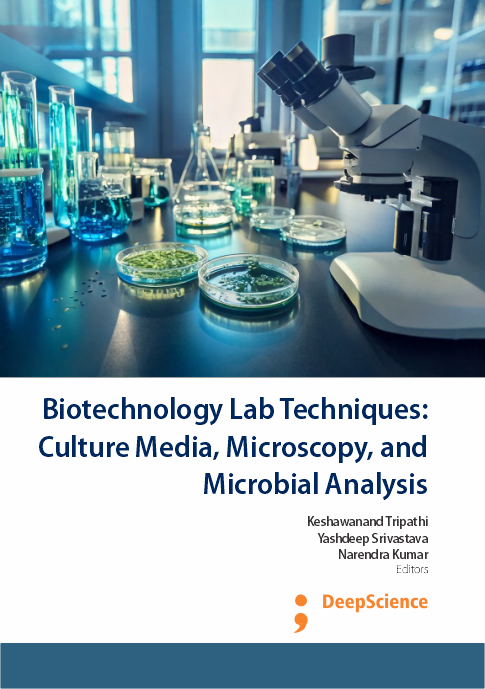Agarose gel electrophoresis of DNA: Principles, protocols, and applications in molecular analysis
Synopsis
Agarose gel electrophoresis, a cornerstone technique in molecular biology, segregates DNA fragments based on size, leveraging electrophoresis principles (Sambrook and Russell, 2001). The gel matrix, composed of agarose, forms a porous network facilitating DNA migration. Gel concentration determines the size range of separated fragments, with higher concentrations suited for smaller fragments. Agarose powder is mixed with a buffer—usually. Tris-borate-EDTA (TBE) or Tris-acetate-EDTA (TAE)—and then heated upto 65 degree and poured onto a gel casting tray fitted with a comb to produce wells (Srivastava et al., 2022). DNA samples, mixed with a loading dye for visibility and sinking, are loaded into wells (Brown, 2010). Electrophoresis in a buffer-filled chamber applies an electric current, propelling DNA towards the positive electrode. Migration rate inversely correlates with fragment size, yielding distinct bands post-electrophoresis. Staining with ethidium bromide or SYBR Safe enables visualization under UV light, aiding fragment size determination, PCR validation, or specific sequence confirmation. Agarose gel electrophoresis is a versatile tool in molecular biology, pivotal in research, diagnostics, and DNA profiling (Wilson, and Walker, J. 2010; Tripathi et al., 2013a, b).














